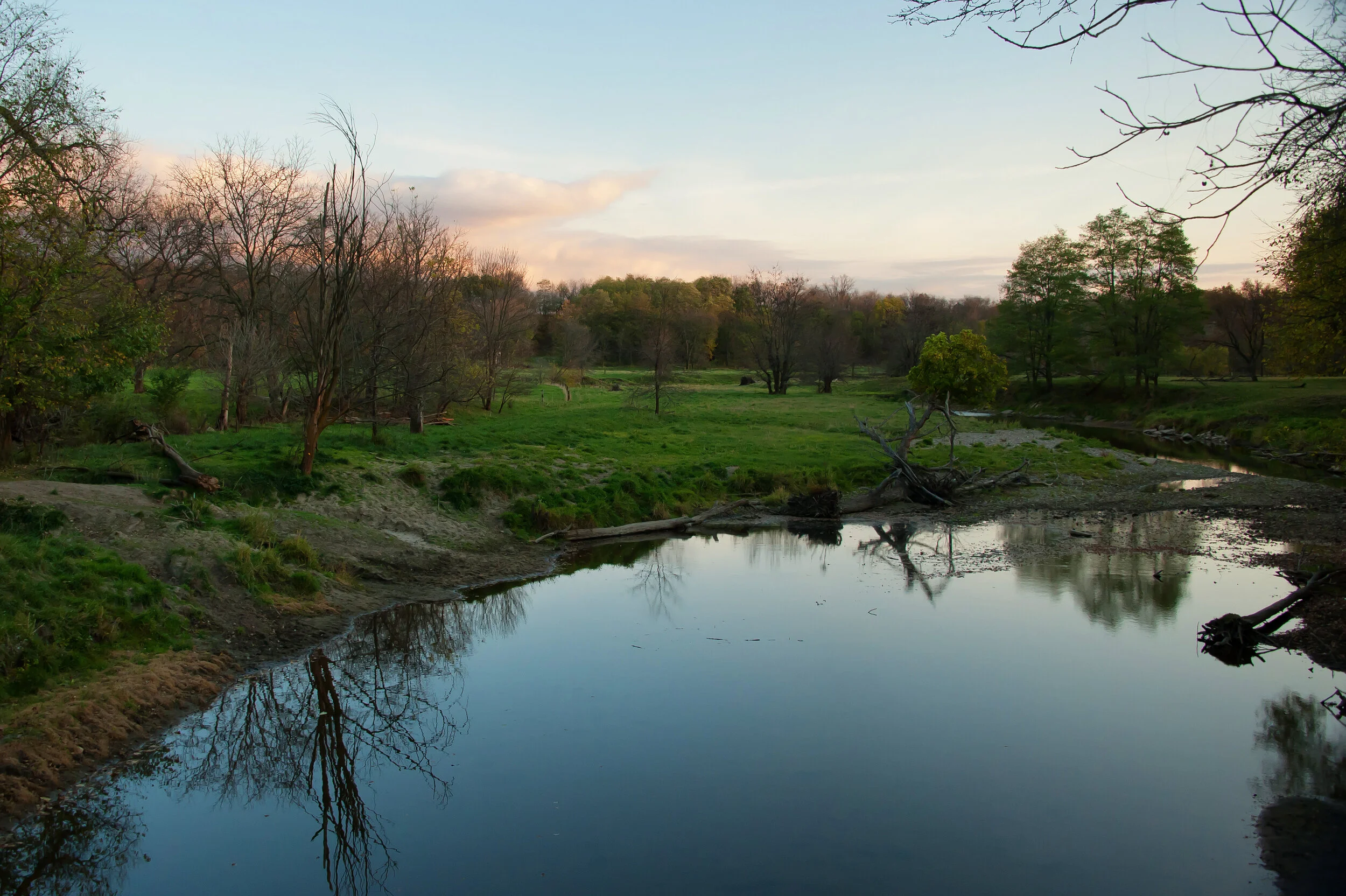Looks like the summer will be wet and warm—good news for my nominee for the most fearsome of Wisconsin's animals. No, not our two rattlesnakes… no, not ticks as loathsome as they are… no, not our most dangerous mammals, the Holstein or Jersey bulls. Ladies and gentlemen, meet, if you dare, North America's largest mosquito, the gallinipper.
I don't think they are new to Wisconsin but I'm betting they are much more common. I speculate that our changed climate is the reason. The bugs need hot, muggy weather, and water standing in those pastures where their prime prey lives. The changed climate reliably produces that weather and those conditions.
Photo by Carl Wycoff






